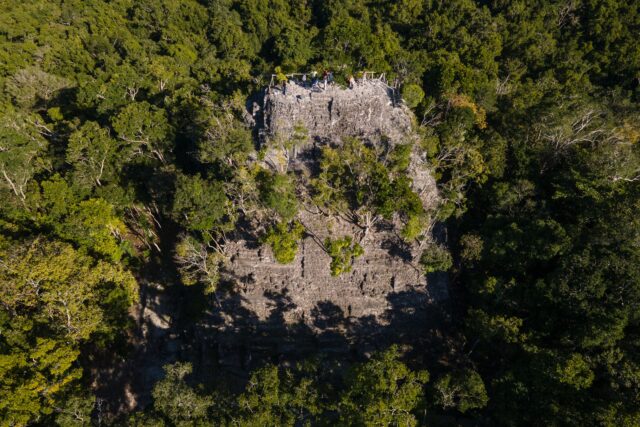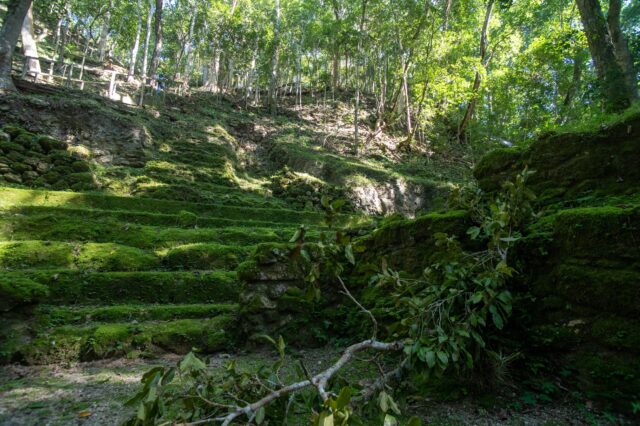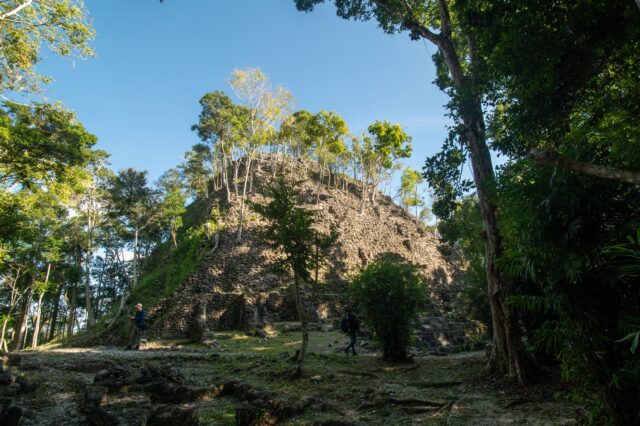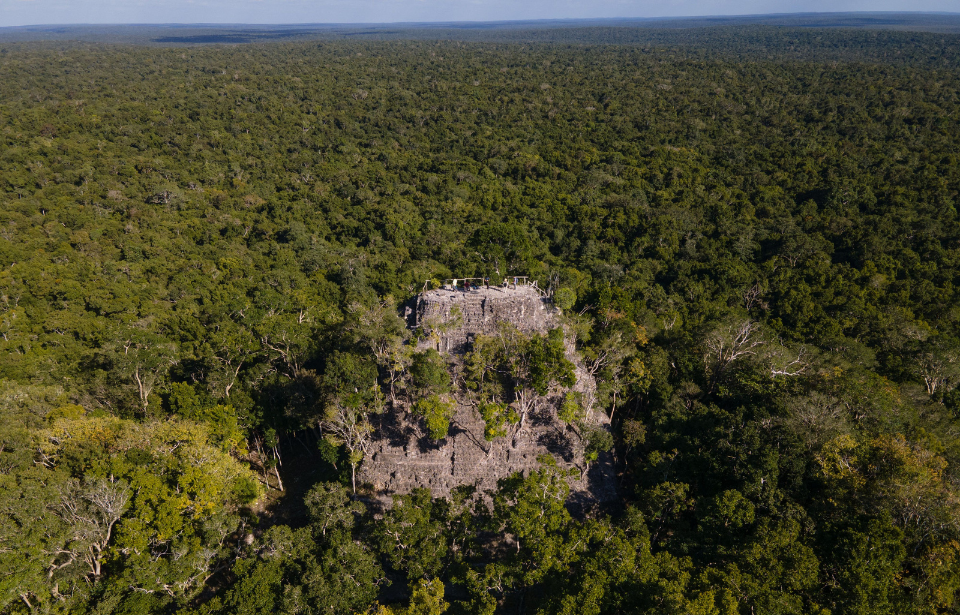What historians, scientists, and archaeologists thought they knew about the pre-classic Maya civilization has been almost completely reimagined following the discovery of 417 ancient cities dating back to 1000 BC. Located in the El Mirador jungle of Guatemala, the cities were once connected by ancient “superhighways,” a new discovery that has turned the historical understanding of this society on its head.
The discovery was made under the jungle’s dense canopy
The discovery was made just beside the northern Mexico-Guatemalan border in a remote, dense area of jungle. In order to access the area, researchers have to be flown in by helicopter, only to continue by foot on a 40-mile hike through the jungle. As such, excavating the area has previously been a difficult endeavor. The identified 417 ancient Maya cities and their connecting “superhighways” cover a massive 1,350 square miles of land.

While the discovery of the cities is an accomplishment in itself, it is the superhighways that have come to change the way researchers understand the ancient Mayan civilization. Scientists on the project are calling it “the first freeway system in the world,” as they stretch over 110 miles. The roads that connected the cities, as well as the hydraulic and agricultural systems that were in place at the time, offer a new understanding of the socio-economic organization of these communities, suggesting a far more advanced society than previously thought.
“We now know that the Preclassic period was one of extraordinary complexity and architectural sophistication, with some of the largest buildings in world history being constructed during this time,” explained Richard Hansen, the lead author of the study and affiliate research professor of archaeology at Idaho State University. It was previously believed that in this era, the Maya peoples were nomadic hunter-gatherers who had not yet transitioned into an agrarian society. The discovery of these systems suggests otherwise, revealing “a whole volume of human history that we’ve never known.”
LiDAR technology was a big part of the discovery
A big part of researchers’ ability to make such a significant find was in part due to the use of LiDAR technology. It stands for light detection and ranging, and operates by bouncing millions of infrared laser pulses off of the ground through an aerial transmitter. Once it collects its data, it sketches a 3D image of the area, including whatever has been hidden by the dense canopy of the jungle.

Prior to the development of LiDAR technology, scientists and archaeologists had to rely on hand-drawn illustrations mapping out estimated areas that may have been worth noting. Thanks to the use of this technology, researchers have been mapping Central America since 2015, revealing new details, both big and small, about the early Maya civilization.
Not only have researchers been able to map out the area, but they have identified several infrastructural components that once stood within the 417 cities. This includes ancient dams, pyramids, platforms, reservoirs, and even multiple ball courts. These discoveries have revealed even more information about the political and social structures operating at the time, suggesting they had progressed much farther as a society than previously believed.
This discovery could be huge
Enrique Hernández is an archaeologist at San Carlos University in Guatemala City who is working on the project and also co-authored the paper. Hernández believes that this finding, once completed, could be as big a moment in history as the discovery of Egyptian pyramids. He has been a part of the project for years, traveling to El Mirador every year for months on end over the last two decades to help in the excavation process.

Prior to LiDAR technology, the excavation process was much slower, with scientists and archaeologists only identifying about 50 important sites over the last decade. “Now,” Hernández explained, “there are more than 900 [settlements]. … We [couldn’t] see that before. It was impossible.”
More from us: ‘Priceless’ Roman Head Statues Found at British Cricket Club
Hansen said that the discovery was a “game changer” in the historical understanding of the ancient Maya civilization and that there is much more to learn in the future. “We have our work cut out for us,” he said. “It’s a big task, it’s expensive, but very, very worth it.”
